CARING WITH FAMILY
|
| The level of warmth and friendliness a particular breed tends to display towards its family members and acquaintances is an important factor to consider. Certain breeds may be distant or reserved with individuals other than their owner, whereas others exhibit a friendly demeanor towards everyone they are familiar with, treating them as cherished companions. |
LOVE WITH CHILDREN
Unwise
Good With Children
|
| The level of tolerance and patience a specific breed possesses towards children's behavior along with their overall family-friendly disposition is a crucial aspect to consider. It is advisable to provide supervision when dogs interact with young children or children who have limited exposure to dogs, as a safety precaution. |
BEHAVIOR WITH DOGS
Unwise
Good With Other Dogs
|
| When it comes to the overall friendliness of a breed towards other dogs, it is crucial to ensure constant supervision during interactions and introductions. Although it is necessary to exercise caution certain breeds tend to have a natural inclination towards positive interactions with other canines both in domestic settings and in public environments. |
SHEDDING LEVELS & MANAGEMENT
No Shedding
Hair Everywhere
|
| Consider the amount of fur and hair that a particular breed tends to shed as an important factor to determine the level of grooming and maintenance required. Breeds that have a higher propensity for shedding may necessitate more frequent brushing to manage the loose hair. Additionally, these breeds are more likely to trigger allergies related to pet dander and may require consistent vacuuming and lint-rolling to keep the environment clean and allergen-free. |
COAT GROOMING STANDARDS
|
| Take into account the grooming needs of a specific breed, including bathing, brushing, trimming, and other coat maintenance tasks. The frequency of grooming depends on the breed and its specific coat type. Some breeds may require more frequent bathing and brushing to keep their coat clean and free of mats, while others may require less maintenance in this regard. When considering grooming requirements, it is important to assess the time, patience and budget you can allocate for these tasks. Some breeds may have more demanding grooming needs, which could involve professional grooming or regular visits to a groomer, adding to the associated costs. Nail trimming is a necessity for all breeds and should be done regularly to maintain the dog's comfort and prevent overgrowth and potential injury. |
DROOLING INTENSITY
Less Likely to Drool
Always Have a Towel
|
| Consider the drooling tendencies of a breed when selecting a dog, particularly if you value cleanliness and have a preference for minimal slobber. Some breeds are more prone to drooling and may leave noticeable ropes of saliva on your arm or create big wet spots on your clothes. If you are a neat freak and find excessive drooling undesirable, it may be wise to choose a breed that is less known for its drooling tendencies. |
COAT STYLES GUIDE |
| Double, Wavy |
| COAT SPECTRUM |
| Short |
FRIENDLINESS
Reserved
Everyone Is My Best Friend
|
| The level of welcoming behavior that a breed typically displays towards strangers is an important aspect to consider. Certain breeds may inherently exhibit reserved or cautious behavior around unfamiliar individuals, regardless of the setting. On the other hand, some breeds are naturally more friendly and open to meeting new people whenever the opportunity arises. Understanding a breed's predisposition towards strangers will help you determine whether a particular breed aligns with your preferences and expectations. |
LIVELINESS
Only When You Want To Play
Non-Stop
|
| The level of enthusiasm for play can vary among breeds even beyond puppyhood. Some breeds maintain a strong desire to engage in activities like tug-of-war or fetch throughout their adult lives, while others find contentment in spending quality time lounging on the couch beside their owners. |
VIGILANCE INTENSITY
What's Mine Is Yours
Vigilant
|
| The tendency of certain breeds to alert you about the presence of strangers is a distinguishing factor. Such breeds are highly responsive to potential threats, whether they come in the form of the mailman or a squirrel playing outside your window. Additionally, it is noteworthy that these breeds show a warm reception towards strangers entering the home as long as they are accepted by the family. |
ADAPTATION CAPACITY
Lives For Routine
Highly Adaptable
|
| It's fascinating to observe how effortlessly a particular breed adapts to various modifications. This encompasses alterations in their living environment, noise levels, weather conditions, daily routines, and other fluctuations in their day-to-day existence. |
OBEDIENCE LEVEL
Self-Willed
Eager to Please
|
| The ease with which you can train your dog and their willingness to learn new things may vary from breed to breed. While some breeds are eager to please their owners and readily embrace new tasks others may exhibit a more independent nature, choosing to prioritize their own desires and preferences over obedience and training. |
STAMINA LEVEL
|
| The exercise and mental stimulation requirements of a breed are essential factors to consider when selecting a dog. High-energy breeds thrive on regular physical activities and are always enthusiastic about embarking on new adventures. They spend their days engaged in activities like running, jumping, and playing. On the other hand, low-energy breeds tend to be more laid-back and content with a relaxed lifestyle. They enjoy lounging around and are perfectly happy to take it easy, often opting for long snooze sessions. |
VOCALIZATION
|
| Medium |
LEARNING CURIOSITY LEVEL
Happy to Lounge
Needs a Job or Activity
|
| The mental stimulation requirements of a breed play a significant role in keeping them happy and healthy. Purpose-bred dogs designed for specific tasks, often require mental challenges to keep their minds engaged. These dogs thrive when provided with activities that involve decision-making, problem-solving, concentration, or other qualities relevant to their breed's purpose. Without adequate mental exercise, they may resort to creating their own stimulating projects, which may not align with their owner's preferences or expectations. To prevent this, it is important to provide purpose-bred dogs with appropriate mental stimulation to fulfill their needs and prevent behavioral issues stemming from boredom. |
| COLORS |
|
Description
|
Registration Code
|
|
Liver & White
|
125
|
|
Liver Roan
|
126
|
|
Liver White & Orange
|
222
|
|
Orange & White
|
134
|
|
Orange Roan
|
136
|
|
White & Liver
|
212
|
|
White & Orange
|
213
|
|
Black & White
|
019
|
|
Black White & Orange
|
314
|
|
Blue Roan
|
053
|
|
White Black & Orange
|
315
|
|
| PATTERNS |
|
Description
|
Registration Code
|
|
Roan
|
036
|
|
Spotted
|
021
|
|
Ticked
|
013
|
|



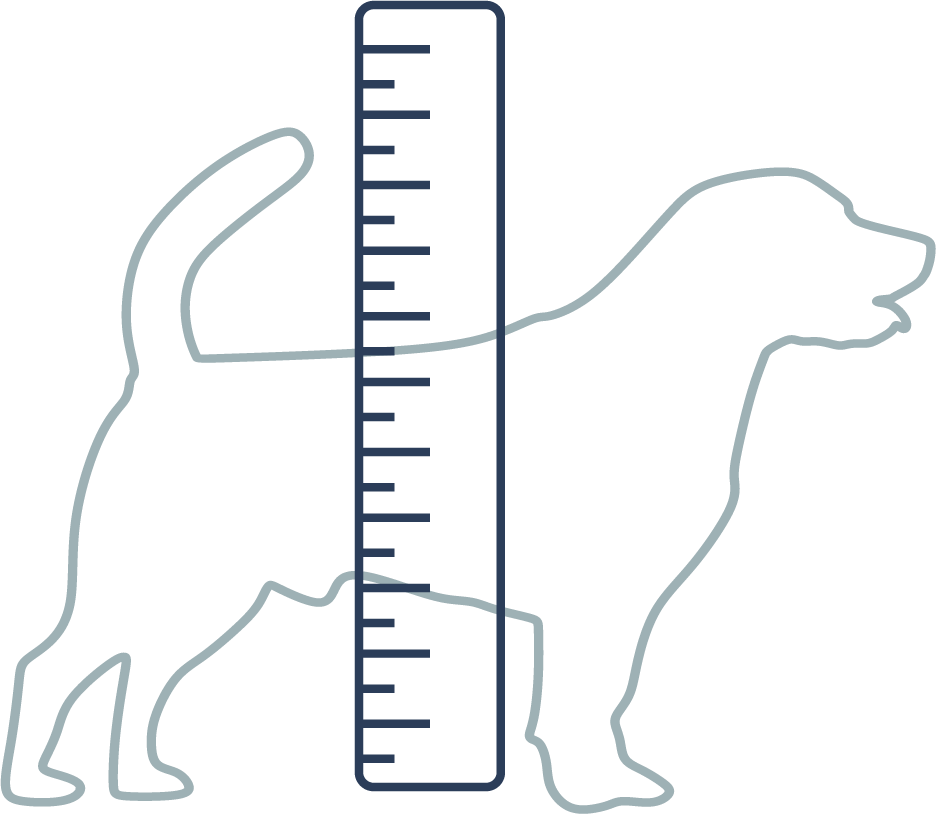


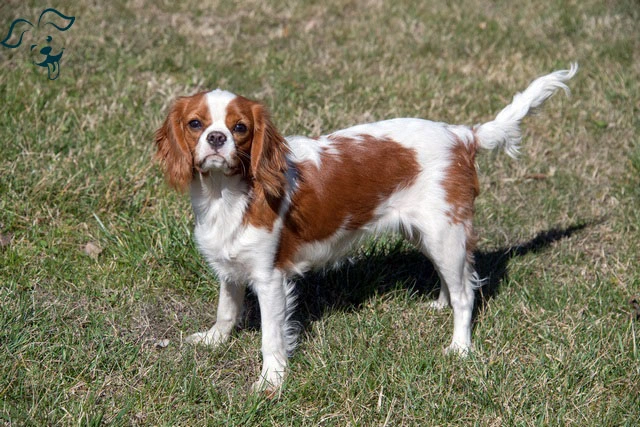

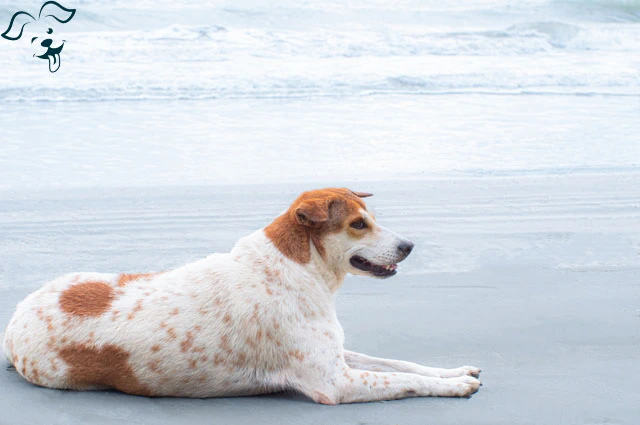











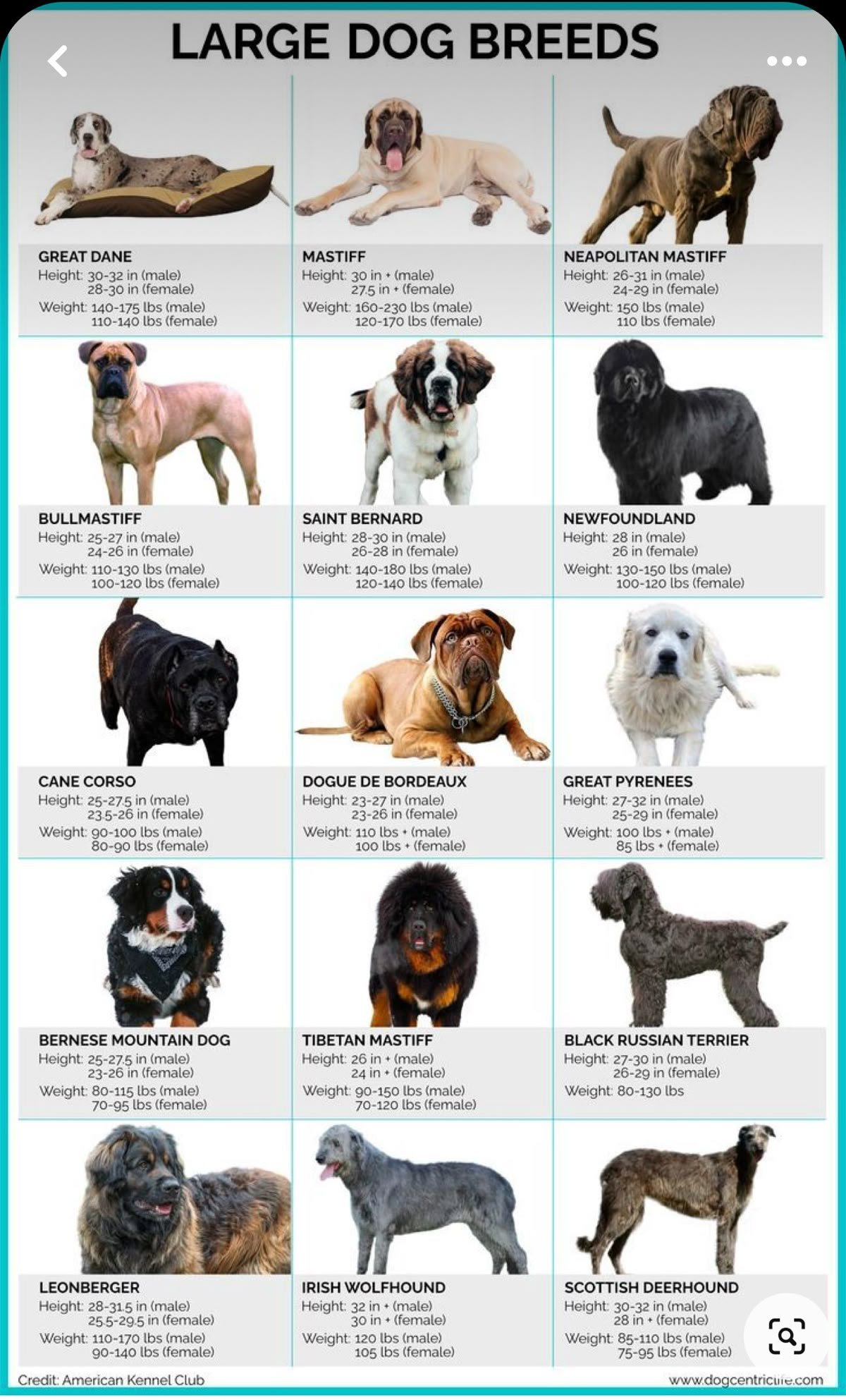






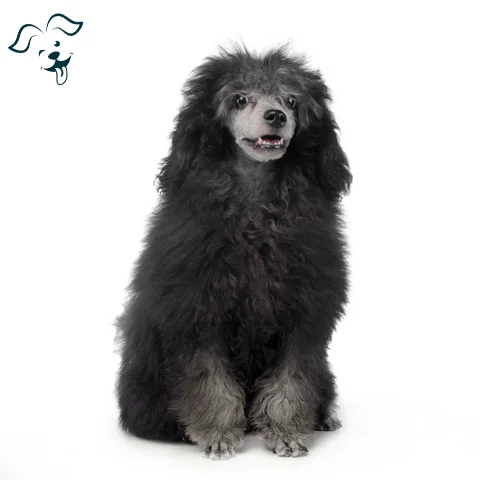


FRIENDLINESS
LIVELINESS
VIGILANCE INTENSITY
ADAPTATION CAPACITY